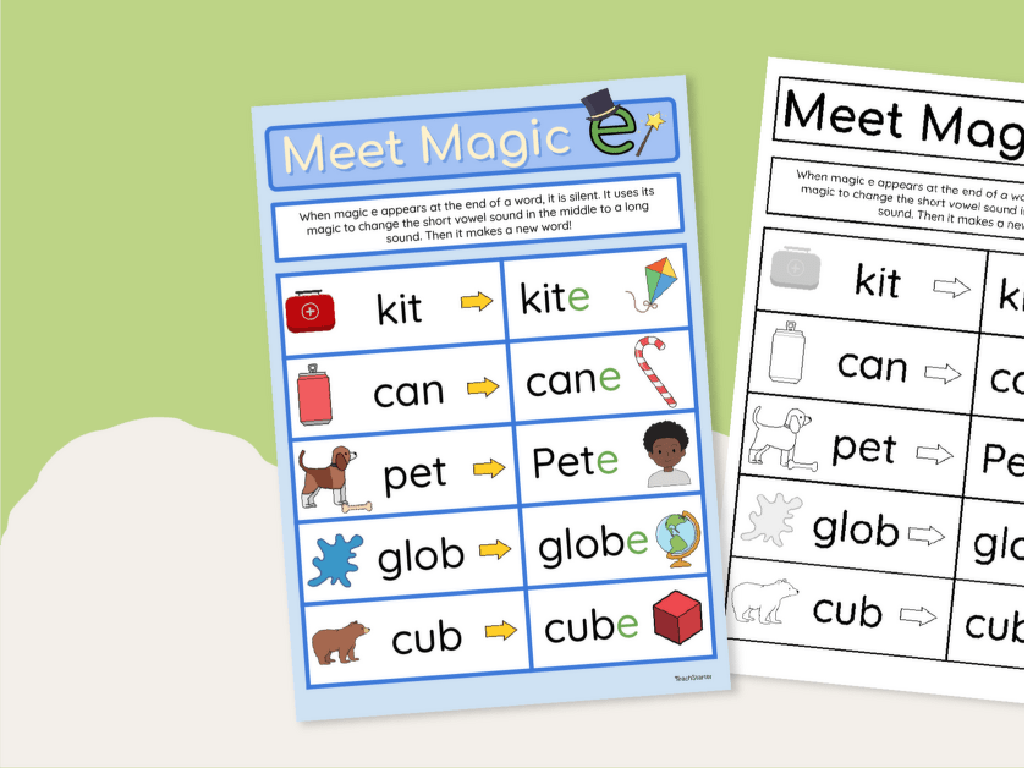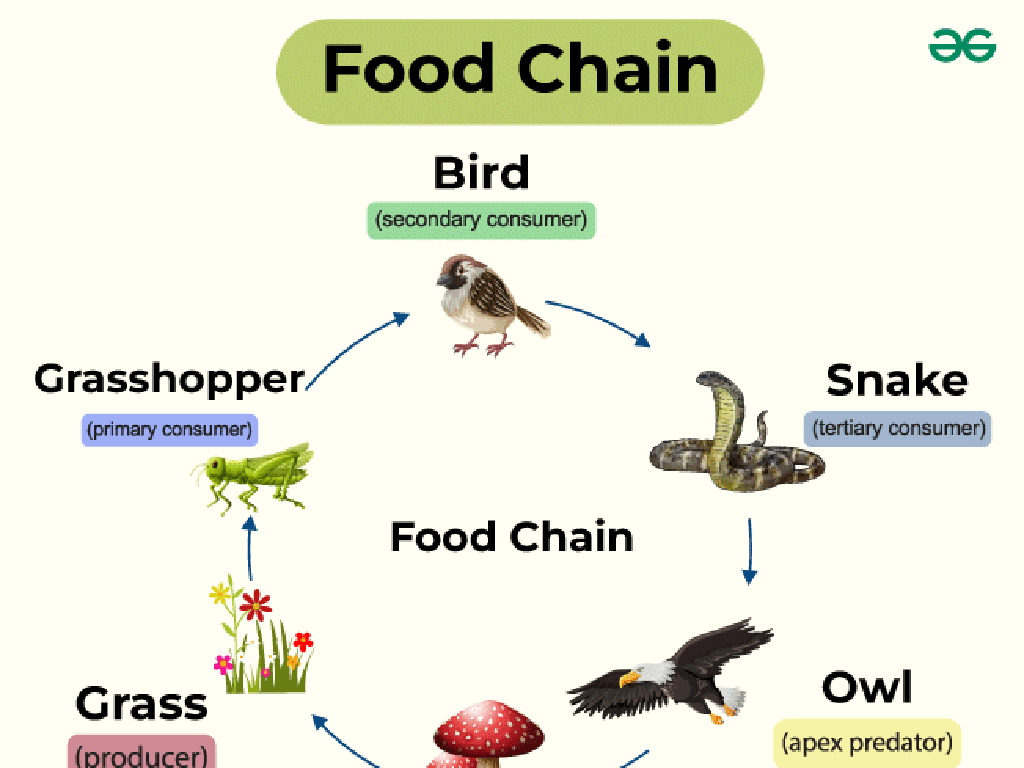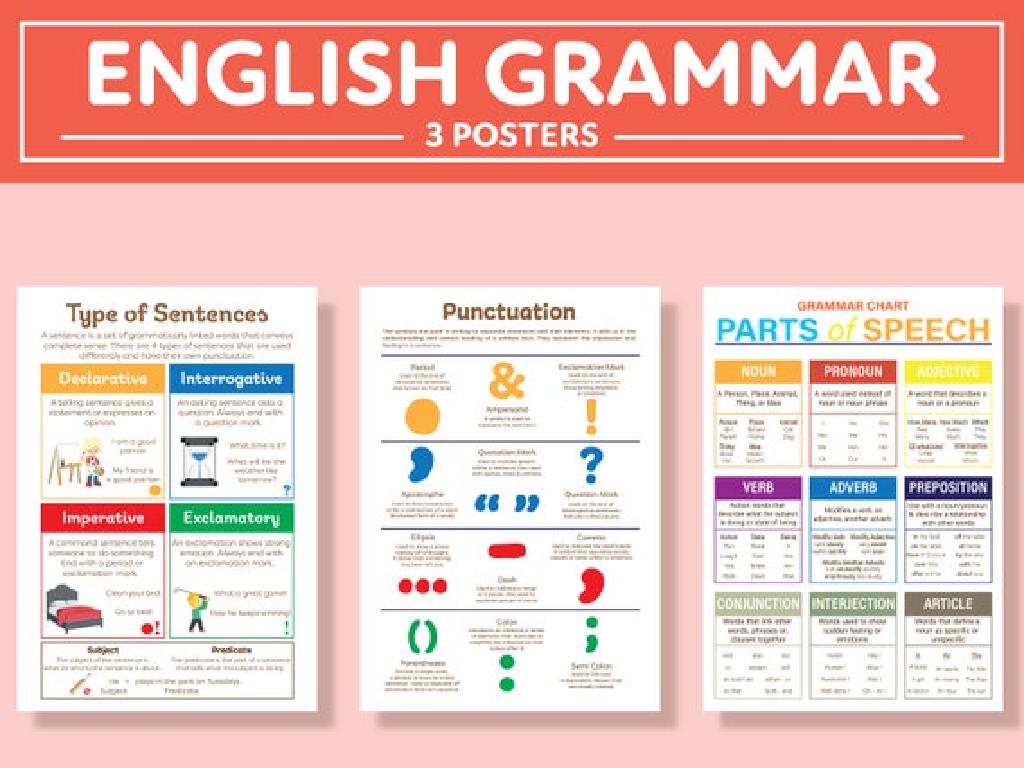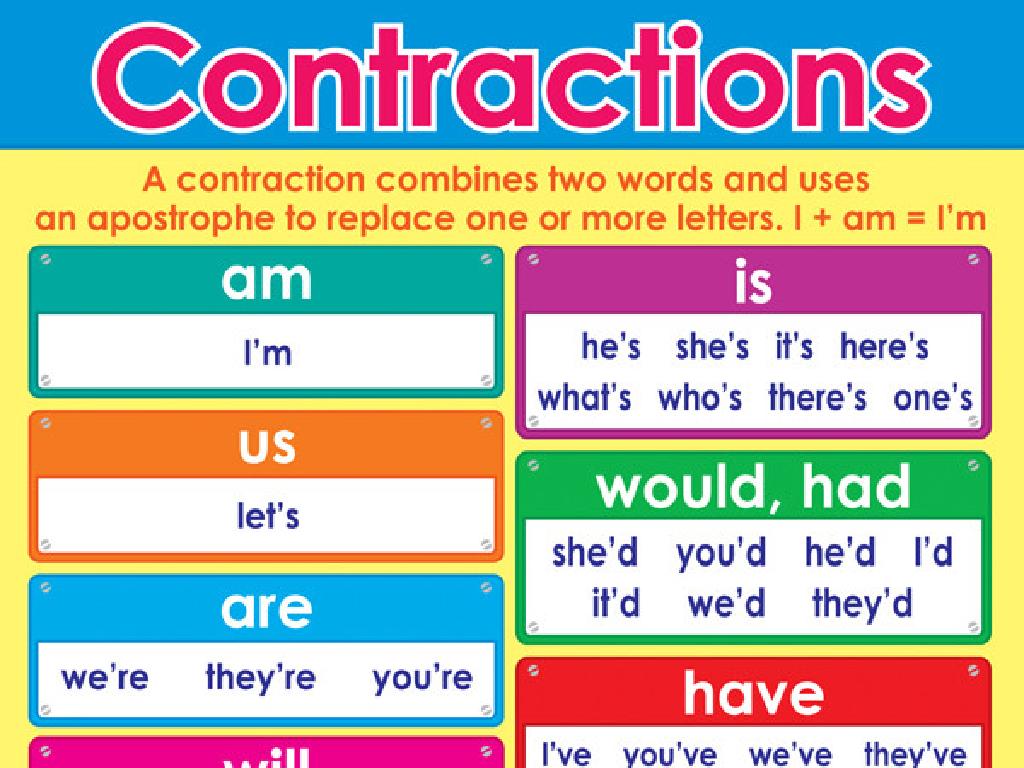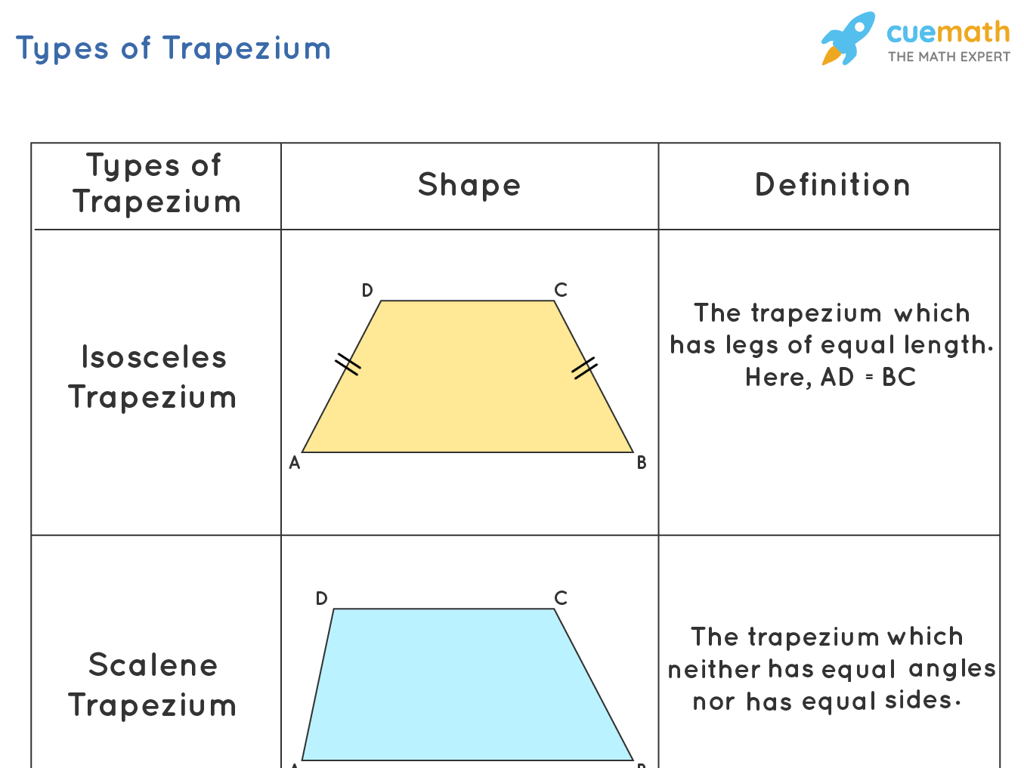Add, Subtract, Multiply, And Divide Decimals: Word Problems
Subject: Math
Grade: Seventh grade
Topic: Operations With Decimals
Please LOG IN to download the presentation. Access is available to registered users only.
View More Content
Mastering Decimal Operations
– Grasping the concept of decimals
– Operations: add, subtract, multiply, divide
– Use precise place value alignment for accuracy
– Applying decimals to real-world scenarios
– Examples: money transactions, measurements
– Class activity: Solve decimal word problems
– Each student gets a unique problem to solve
|
This slide introduces students to the fundamental concept of decimals and their operations, which are crucial in various aspects of daily life and advanced mathematics. Emphasize the importance of place value when performing operations with decimals to ensure accuracy. Provide relatable examples such as handling money or measuring ingredients for a recipe to illustrate the practical use of decimal operations. For the class activity, distribute different word problems involving decimal operations to each student, which will help them apply what they’ve learned in a practical context. The activity should cater to different skill levels, ensuring that all students are both challenged and able to complete their tasks with a reasonable effort.
Review of Decimals: Understanding the Basics
– Define a decimal
– A decimal represents a part of a whole number
– Decimal place values
– Tenths, hundredths, thousandths: positions after the decimal point
– How to compare decimals
– Compare using place value, aligning decimals
– Ordering decimals correctly
– Arrange decimals from smallest to largest or vice versa
|
This slide is a refresher on the fundamental concepts of decimals, crucial for solving word problems involving decimal operations. Begin with a clear definition of a decimal as a fraction with a denominator that is a power of ten. Emphasize the importance of place value, which determines the value of a digit in a decimal number. Teach students to compare decimals by looking at the highest place value first and to order decimals by aligning the decimal points and comparing digits in each place value. Use visual aids like place value charts and number lines to help students grasp these concepts. Provide examples and practice problems to solidify their understanding.
Adding Decimals: Step-by-Step
– Align decimal points vertically
– Add numbers as whole numbers
– Position decimal in the sum
– Example problem and solution
– If you have 3.75 + 2.5, align the decimals, add like whole numbers to get 625, then place the decimal for 6.25.
|
When teaching students to add decimals, start by emphasizing the importance of aligning the decimal points to ensure each place value lines up correctly. This will make it easier to add the numbers as if they were whole numbers, without worrying about the decimals initially. After the addition, guide the students to correctly place the decimal point directly below the other decimal points in the sum. Provide an example on the board, such as 3.75 + 2.5, and solve it step by step with the class. Encourage students to practice with several problems, and remind them to always double-check their decimal placement in the final answer.
Subtracting Decimals: Step by Step
– Align decimal points vertically
– Ensure decimals are in a column for accuracy
– Subtract like whole numbers
– Ignore the decimals and subtract normally
– Place decimal in the answer
– Decimal in result directly below others
– Check subtraction by adding
– Add the answer to the subtracted number to verify
|
When teaching students to subtract decimals, emphasize the importance of lining up the decimal points to maintain place value. Remind them to subtract as if they are dealing with whole numbers, ignoring the decimal point during the calculation. After subtraction, the decimal point in the answer should be placed directly under the decimal points above. To ensure accuracy, students can check their work by adding the difference to the smaller number; the sum should equal the larger number they started with. Provide several practice problems and walk through them together, then let students try on their own with immediate feedback.
Multiplying Decimals in Word Problems
– Multiply as if no decimals
– Count decimal places total
– Add up decimal places from both numbers
– Place decimal in the answer
– Decimal goes left from the end, as many places as counted
– Practice with word problems
– Use real scenarios to apply skills
|
This slide focuses on the steps to multiply decimals in the context of word problems. Start by instructing students to multiply the numbers as if there were no decimal points. Emphasize the importance of aligning the numbers correctly. Next, guide them to count the total number of decimal places in both the multiplicand and the multiplier. Then, they should place the decimal point in their product so that the number of decimal places matches the total they counted. To reinforce the concept, provide word problems that involve real-life scenarios, such as shopping or measuring, where students can apply their skills in multiplying decimals. Encourage students to check their work by estimating the answer before placing the decimal.
Dividing Decimals: Step-by-Step
– Make divisor a whole number
– Multiply both divisor and dividend by 10 until the divisor is a whole number.
– Align decimal points
– Move the decimal point in the dividend the same number of places to the right.
– Divide as whole numbers
– Ignore the decimal and divide as if working with whole numbers.
– Check your answer
– Multiply the quotient by the divisor to see if you get the original dividend.
|
When teaching students to divide decimals, start by converting the divisor into a whole number to simplify the process. This is done by multiplying both the divisor and dividend by the power of 10 needed to make the divisor whole. Ensure students understand that the decimal point in the dividend must move the same number of places to maintain the value of the number. After this, they can divide as they would with whole numbers. Emphasize the importance of aligning decimal points to avoid confusion. Finally, encourage students to check their work by multiplying the quotient by the divisor to verify if the result matches the original dividend. Provide several practice problems with different scenarios to ensure students grasp the concept.
Word Problems: Adding and Subtracting Decimals
– Read the problem thoroughly
– Find decimals to add or subtract
– Identify which numbers are decimals and what operation to use
– Calculate and verify your solution
– Use estimation to check if your answer is reasonable
– Practice with real-world examples
– Example: If a pencil costs $0.75 and an eraser $0.50, how much do both cost?
|
This slide is aimed at helping students tackle word problems involving the addition and subtraction of decimals. Emphasize the importance of understanding the problem context before jumping into calculations. Students should be able to distinguish between when to add and when to subtract decimal values. After solving, they should estimate to check the reasonableness of their answer. Provide real-world examples to apply these skills, such as calculating total costs, making change, or measuring distances. Encourage students to practice with various problems to build confidence and proficiency.
Multiplying and Dividing Decimals: Word Problems
– Comprehend the problem’s context
– Read carefully to grasp what the question is asking.
– Decide the mathematical operation
– Is it asking to multiply or divide? Look for keywords.
– Execute the calculation
– Use precise decimal placement in multiplication/division.
– Review and confirm your solution
– Check your work; does the answer make sense?
|
This slide is aimed at guiding students through the process of solving word problems involving multiplication and division of decimals. Start by understanding the context of the problem, which will help in identifying what is being asked. Next, determine whether to multiply or divide, looking for key terms such as ‘total’, ‘product’, ‘per’, or ‘out of’ that suggest the correct operation. When calculating, ensure decimal points are correctly placed, and the number of decimal places is appropriate. Finally, verify the answer by checking if it’s logical within the context of the problem. Encourage students to practice with real-world examples, such as calculating the cost of multiple items or dividing a sum of money evenly.
Class Activity: Let’s Solve Together!
– Group activity with decimal problems
– Each group solves a unique problem
– Present solutions to the class
– Share how you approached the problem
– Discuss various solving methods
– Compare different strategies and answers
|
This slide introduces a collaborative class activity focused on solving decimal word problems. Divide the class into small groups and assign each group a different word problem involving addition, subtraction, multiplication, or division of decimals. Allow time for groups to work through their problems and prepare a presentation of their solution. After each group presents, facilitate a class discussion on the different approaches taken and solutions found. Encourage students to explain their thought process and reasoning behind their methods. This activity aims to enhance problem-solving skills, promote teamwork, and foster a deeper understanding of decimal operations through peer learning. Possible activities could include shopping scenarios, measuring tasks, or budgeting exercises, each requiring different decimal operations.
Homework: Mastering Decimal Operations
– Solve addition and subtraction problems
– Use the provided worksheet to add and subtract decimals.
– Practice multiplying and dividing decimals
– Find the product and quotient of decimal numbers.
– Get ready for the upcoming quiz
– Apply decimals to real-world scenarios
– Think of money transactions or measurements.
|
This slide outlines the homework assignment focused on reinforcing students’ skills in performing decimal operations. Students should complete a set of problems that require them to add, subtract, multiply, and divide decimals, ensuring they understand each step of the process. Additionally, they should prepare for a quiz that will assess their proficiency in these operations. Encourage students to relate their practice to real-life situations, such as handling money or measuring ingredients in cooking, to understand the practical applications of decimals. Provide a diverse set of problems in the homework to cater to different skill levels and include word problems to enhance their problem-solving abilities.

